Exercise 25
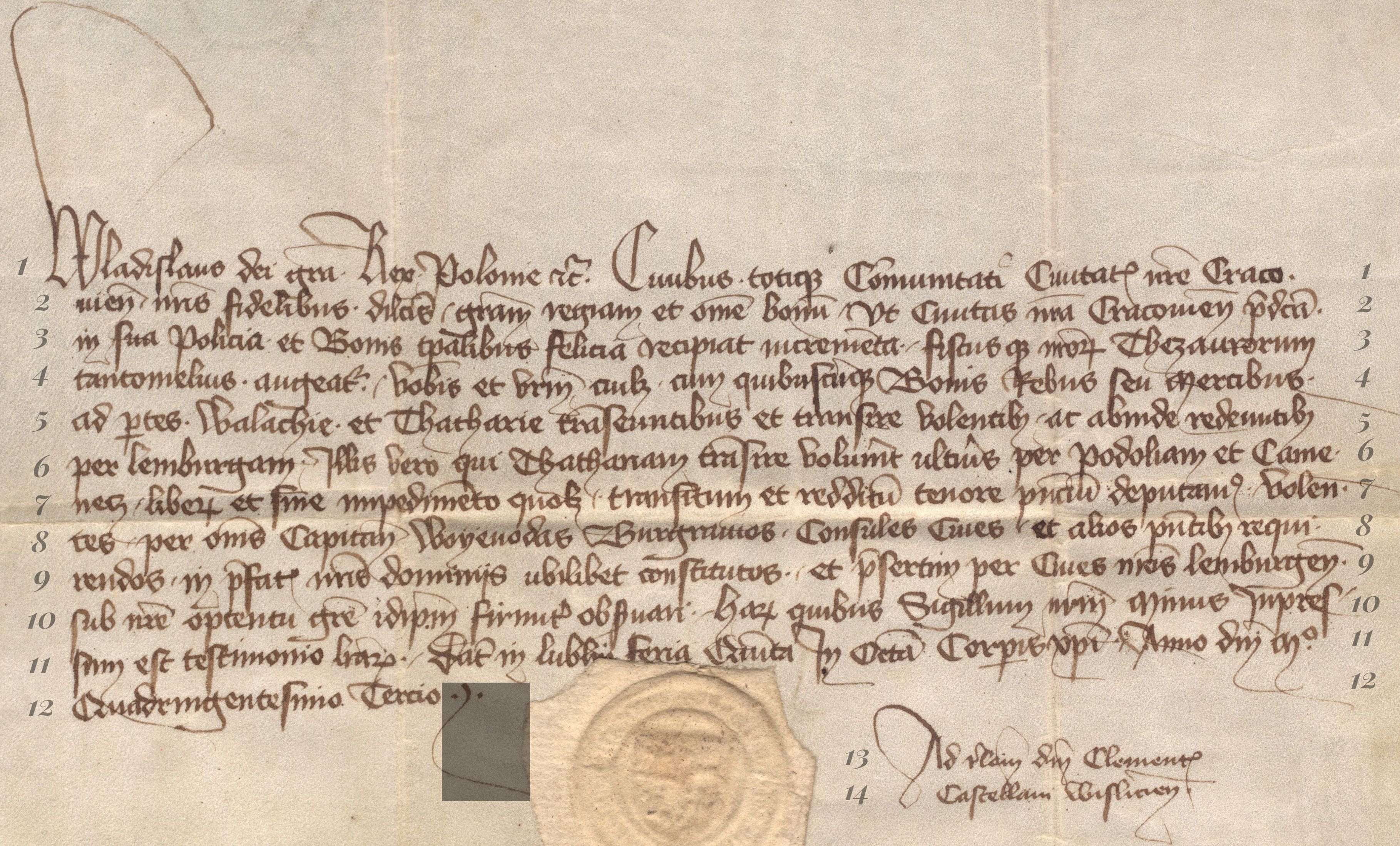
1. Wladislaus dei gratia Rex Polonie et cetera Civibus totique Communitati Civitatis nostre Craco
2. viensis nostris fidelibus dilectis gratiam regiam et omne bonum Ut Civitas nostra Cracoviensis predicta
3. in sua Policia et Bonis temporalibus felicia recipiat incrementa fiscus que nostrorum Thezaurorum
4. tantomelius augeatur vobis et vestrum cuilibet cum quibuscumque Bonis Rebus seu Mercibus
5. ad partes Walachie et Thatharie transeuntibus et transire volentibus ac abinde redeuntibus
6. per lemburgam Illis vero qui Thathariam transire voluerint ulterius per Podoliam et Came
7. necz liberum et sine impedimento quolibet transitum et redditum tenore presencium deputamus Volen
8. tes per omnes Capitaneos Woyevodas Burgravios Consules Cives et alios presentibus requi
9. rendos in prefatis nostris dominiis ubilibet constitutos et presertim per Cives nostros lemburgenses
10. sub nostre optentu gratie idipsum firmiter observari Harum quibus Sigillum nostrum Minus Inpres
11. sum est testimonio litterarum Datum in lublin feria Quinta In Octava Corporis christi Anno domini M
12. Quadringentesimo Tercio
13. Ad relacionem domini Clementis
14. Castellani Wisliciensis
Principles of transcription
- Maintain the original entry - carry out the transcription as faithfully as possible to the original, without correcting the writer's mistakes.
┬Ā - Lines of text - the transcription should be written in lines (fragments in grey should be omitted). If the word is divided between two lines, it should be written as in the original, that is, without connecting it.
┬Ā - Punctuation - all punctuation marks or others (e.g. commas, full stops, hyphens, etc.) appearing in the original should be ignored.
┬Ā - Writing capital letters - the mechanism recognises both small and capital letters as correct.
┬Ā - Shortening - The general rules accepted by us say that a contraction used by the scribe should be written in full. This document contains only one contraction and it belongs to the contractions which are treated as exceptions - so it does not need to be written in full.
┬Ā - The letters u and v - in Latin texts they are often exchanged or written in an identical way. While transcribing, the actual, phonetic sound of the word should be used.
┬Ā - The letter ┼Ė (y with dots) - in words deriving from Latin, it should be written as ii (double short i), however, in words deriving from Polish, it should be written as y. This document contains both examples of the letter y with dots.
┬Ā - The combination of letters qu - we always write as qu.
┬Ā - The letter w - this letter seldom appears in Latin texts, we always write it as w.
┬Ā
┬Ā
┬Ā
You can find the full principles of transcription here.
Helpful tips
- This document contains many contractions, and their knowledge is necessary for the correct transcription. Remember that there is a set of contractions which you will meet under the button Abbreviations. For general information about the subject of shortening words, check here.
┬Ā - The scribe wrote some letters in two versions. This applies to the letters R and s.
┬Ā - Be careful in the case of the letters u and v - the way they are written is very similar and may be misleading.
┬Ā - Pay attention to the letter y with dots that appears twice in the document. Depending on the word in which the letter appears, it should be written: in the first case according to the rules of transcription accepted for Polish (i.e. as y), in the second case according to the principles accepted for Latin (as ii - double short i).
┬Ā - The numbers appearing in the document as digits should be written as in the original.
┬Ā - In line 11 the stamp slightly covers two words of the document, however, it should not be difficult to decipher them - there is the name of the town and date.
┬Ā - The most difficult lines to read may be 13 and 14, written by the scribe with more hasty writing than in the fundamental parts of the document. In the event of problems, take a look at Show the transcription on the screen preceding the one for independent transcription.
┬Ā
┬Ā
You will find more useful tips for transcribing old texts here.
Exercise 25
Model letters

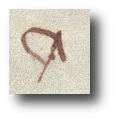
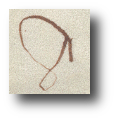
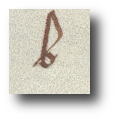
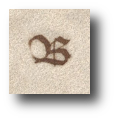
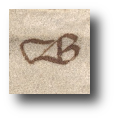

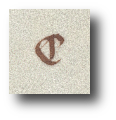

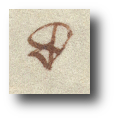



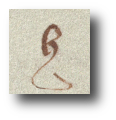
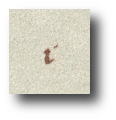

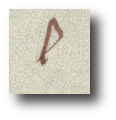

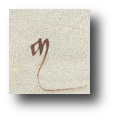




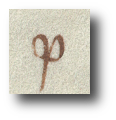

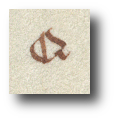

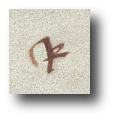


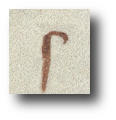

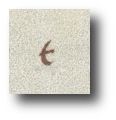



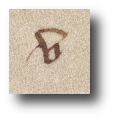
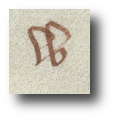
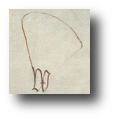

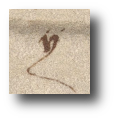

Exercise 25
Abbreviations
![augeat[ur]](https://dawnepismo.ank.gov.pl/files/practice/shortcuts/aufgabe-25/cw25augeatur.png)
![bonu[m]](https://dawnepismo.ank.gov.pl/files/practice/shortcuts/aufgabe-25/cw25bonum.png)
![Capitan[eos]](https://dawnepismo.ank.gov.pl/files/practice/shortcuts/aufgabe-25/cw25capitaneos.png)
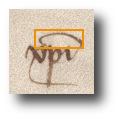
![Civitat[is]](https://dawnepismo.ank.gov.pl/files/practice/shortcuts/aufgabe-25/cw25civitatis.png)
![Clement[is]](https://dawnepismo.ank.gov.pl/files/practice/shortcuts/aufgabe-25/cw25clementis.png)
![Com[m]unitati](https://dawnepismo.ank.gov.pl/files/practice/shortcuts/aufgabe-25/cw25communitati.png)
![Corp[or]is](https://dawnepismo.ank.gov.pl/files/practice/shortcuts/aufgabe-25/cw25corporis.png)
![Cracovien[sis]](https://dawnepismo.ank.gov.pl/files/practice/shortcuts/aufgabe-25/cw25cracoviensis1.png)
![Cracovien[sis]](https://dawnepismo.ank.gov.pl/files/practice/shortcuts/aufgabe-25/cw25cracoviensis2.png)
![cuil[ibet]](https://dawnepismo.ank.gov.pl/files/practice/shortcuts/aufgabe-25/cw25cuilibet.png)
![Dat[um]](https://dawnepismo.ank.gov.pl/files/practice/shortcuts/aufgabe-25/cw25datum.png)
![deputam[us]](https://dawnepismo.ank.gov.pl/files/practice/shortcuts/aufgabe-25/cw25deputamus.png)
![dil[ec]tis](https://dawnepismo.ank.gov.pl/files/practice/shortcuts/aufgabe-25/cw25dilectis.png)
![d[omi]ni](https://dawnepismo.ank.gov.pl/files/practice/shortcuts/aufgabe-25/cw25domini.png)
![d[omi]ni](https://dawnepismo.ank.gov.pl/files/practice/shortcuts/aufgabe-25/cw25domini2.png)
![et c[etera]](https://dawnepismo.ank.gov.pl/files/practice/shortcuts/aufgabe-25/cw25etcetera.png)
![firmit[er]](https://dawnepismo.ank.gov.pl/files/practice/shortcuts/aufgabe-25/cw25firmiter.png)
![gra[tia]](https://dawnepismo.ank.gov.pl/files/practice/shortcuts/aufgabe-25/cw25gratia.png)
![gra[tia]m](https://dawnepismo.ank.gov.pl/files/practice/shortcuts/aufgabe-25/cw25gratiam.png)
![gr[ati]e](https://dawnepismo.ank.gov.pl/files/practice/shortcuts/aufgabe-25/cw25gratie.png)
![Ha[rum]](https://dawnepismo.ank.gov.pl/files/practice/shortcuts/aufgabe-25/cw25harum.png)
![idip[su]m](https://dawnepismo.ank.gov.pl/files/practice/shortcuts/aufgabe-25/cw25idipsum.png)
![impedime[n]to](https://dawnepismo.ank.gov.pl/files/practice/shortcuts/aufgabe-25/cw25impedimento.png)
![increme[n]ta](https://dawnepismo.ank.gov.pl/files/practice/shortcuts/aufgabe-25/cw25incrementa.png)
![lemburgen[ses]](https://dawnepismo.ank.gov.pl/files/practice/shortcuts/aufgabe-25/cw25lemburgenses.png)
![libe[rum]](https://dawnepismo.ank.gov.pl/files/practice/shortcuts/aufgabe-25/cw25liberum.png)
![libe[rum]](https://dawnepismo.ank.gov.pl/files/practice/shortcuts/aufgabe-25/cw25litterarum.png)
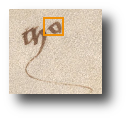
![n[ost]ra](https://dawnepismo.ank.gov.pl/files/practice/shortcuts/aufgabe-25/cw25nostra.png)
![n[ost]re](https://dawnepismo.ank.gov.pl/files/practice/shortcuts/aufgabe-25/cw25nostre.png)
![n[ost]re](https://dawnepismo.ank.gov.pl/files/practice/shortcuts/aufgabe-25/cw25nostre2.png)
![n[ost]ris](https://dawnepismo.ank.gov.pl/files/practice/shortcuts/aufgabe-25/cw25nostris.png)
![n[ost]ris](https://dawnepismo.ank.gov.pl/files/practice/shortcuts/aufgabe-25/cw25nostris2.png)
![n[ost]ro[rum]](https://dawnepismo.ank.gov.pl/files/practice/shortcuts/aufgabe-25/cw25nostrorum.png)
![n[ost]ros](https://dawnepismo.ank.gov.pl/files/practice/shortcuts/aufgabe-25/cw25nostros.png)
![n[ost]r[u]m](https://dawnepismo.ank.gov.pl/files/practice/shortcuts/aufgabe-25/cw25nostrum.png)
![obs[er]vari](https://dawnepismo.ank.gov.pl/files/practice/shortcuts/aufgabe-25/cw25observari.png)
![Octa[va]](https://dawnepismo.ank.gov.pl/files/practice/shortcuts/aufgabe-25/cw25octava.png)
![om[n]e](https://dawnepismo.ank.gov.pl/files/practice/shortcuts/aufgabe-25/cw25omne.png)
![om[ne]s](https://dawnepismo.ank.gov.pl/files/practice/shortcuts/aufgabe-25/cw25omnes.png)
![p[ar]tes](https://dawnepismo.ank.gov.pl/files/practice/shortcuts/aufgabe-25/cw25partes.png)
![p[re]di[c]ta](https://dawnepismo.ank.gov.pl/files/practice/shortcuts/aufgabe-25/cw25predicta.png)
![p[re]fat[is]](https://dawnepismo.ank.gov.pl/files/practice/shortcuts/aufgabe-25/cw25prefatis.png)
![p[rese]nciu[m]](https://dawnepismo.ank.gov.pl/files/practice/shortcuts/aufgabe-25/cw25presencium.png)
![p[rese]ntib[us]](https://dawnepismo.ank.gov.pl/files/practice/shortcuts/aufgabe-25/cw25presentibus.png)
![p[re]sertim](https://dawnepismo.ank.gov.pl/files/practice/shortcuts/aufgabe-25/cw25presertim.png)
![q[ue]](https://dawnepismo.ank.gov.pl/files/practice/shortcuts/aufgabe-25/cw25que.png)
![quibuscu[m]q[ue]](https://dawnepismo.ank.gov.pl/files/practice/shortcuts/aufgabe-25/cw25quibuscumque.png)
![Qui[n]ta](https://dawnepismo.ank.gov.pl/files/practice/shortcuts/aufgabe-25/cw25quinta.png)
![quol[ibet]](https://dawnepismo.ank.gov.pl/files/practice/shortcuts/aufgabe-25/cw25quolibet.png)
![redditu[m]](https://dawnepismo.ank.gov.pl/files/practice/shortcuts/aufgabe-25/cw25redditum.png)
![redeuntib[us]](https://dawnepismo.ank.gov.pl/files/practice/shortcuts/aufgabe-25/cw25redeuntibus.png)
![r[e]la[cione]m](https://dawnepismo.ank.gov.pl/files/practice/shortcuts/aufgabe-25/cw25relacionem.png)
![t[em]p[or]alibus](https://dawnepismo.ank.gov.pl/files/practice/shortcuts/aufgabe-25/cw25temporalibus.png)
![totiq[ue]](https://dawnepismo.ank.gov.pl/files/practice/shortcuts/aufgabe-25/cw25totique.png)
![tra[n]seuntibus](https://dawnepismo.ank.gov.pl/files/practice/shortcuts/aufgabe-25/cw25transeuntibus.png)
![tra[n]sire](https://dawnepismo.ank.gov.pl/files/practice/shortcuts/aufgabe-25/cw25transire.png)
![ult[er]ius](https://dawnepismo.ank.gov.pl/files/practice/shortcuts/aufgabe-25/cw25ulterius.png)
![v[est]r[u]m](https://dawnepismo.ank.gov.pl/files/practice/shortcuts/aufgabe-25/cw25vestrum.png)
![volentib[us]](https://dawnepismo.ank.gov.pl/files/practice/shortcuts/aufgabe-25/cw25volentibus.png)
![volu[er]int](https://dawnepismo.ank.gov.pl/files/practice/shortcuts/aufgabe-25/cw25voluerint.png)
![Wislicien[sis]](https://dawnepismo.ank.gov.pl/files/practice/shortcuts/aufgabe-25/cw25wisliciensis.png)